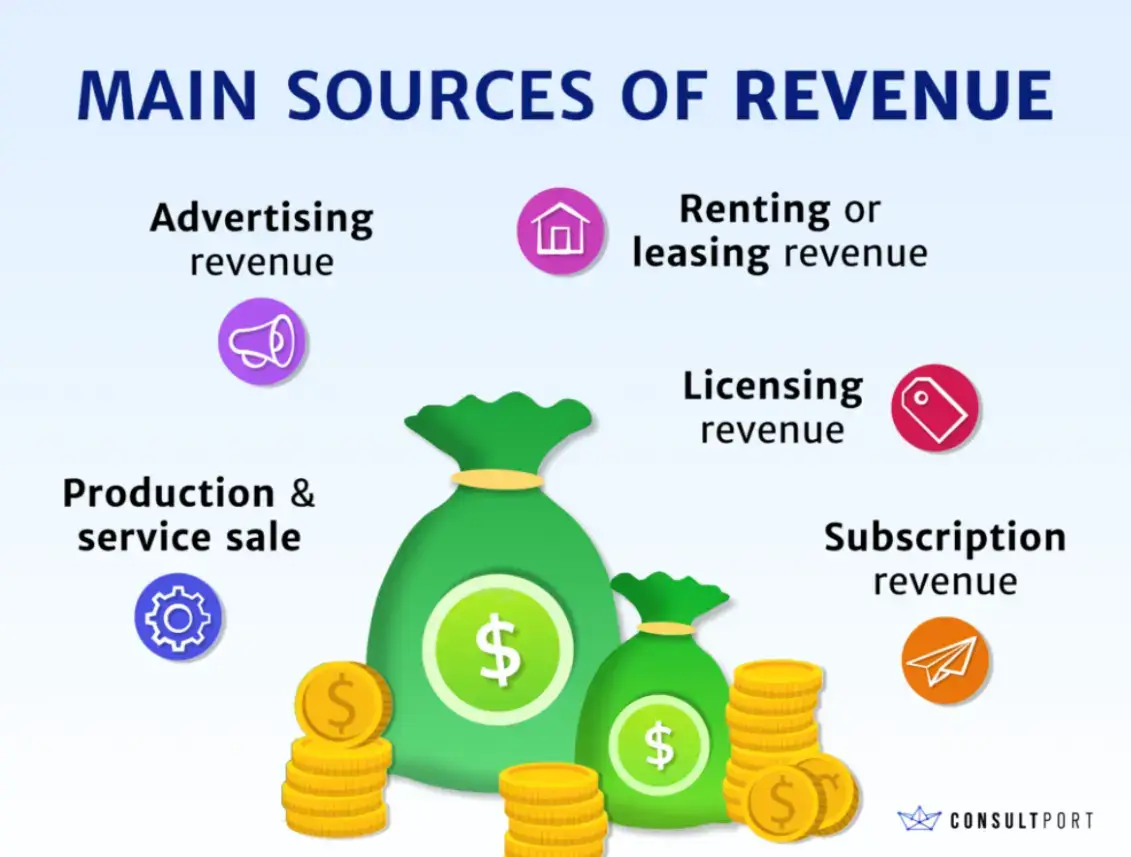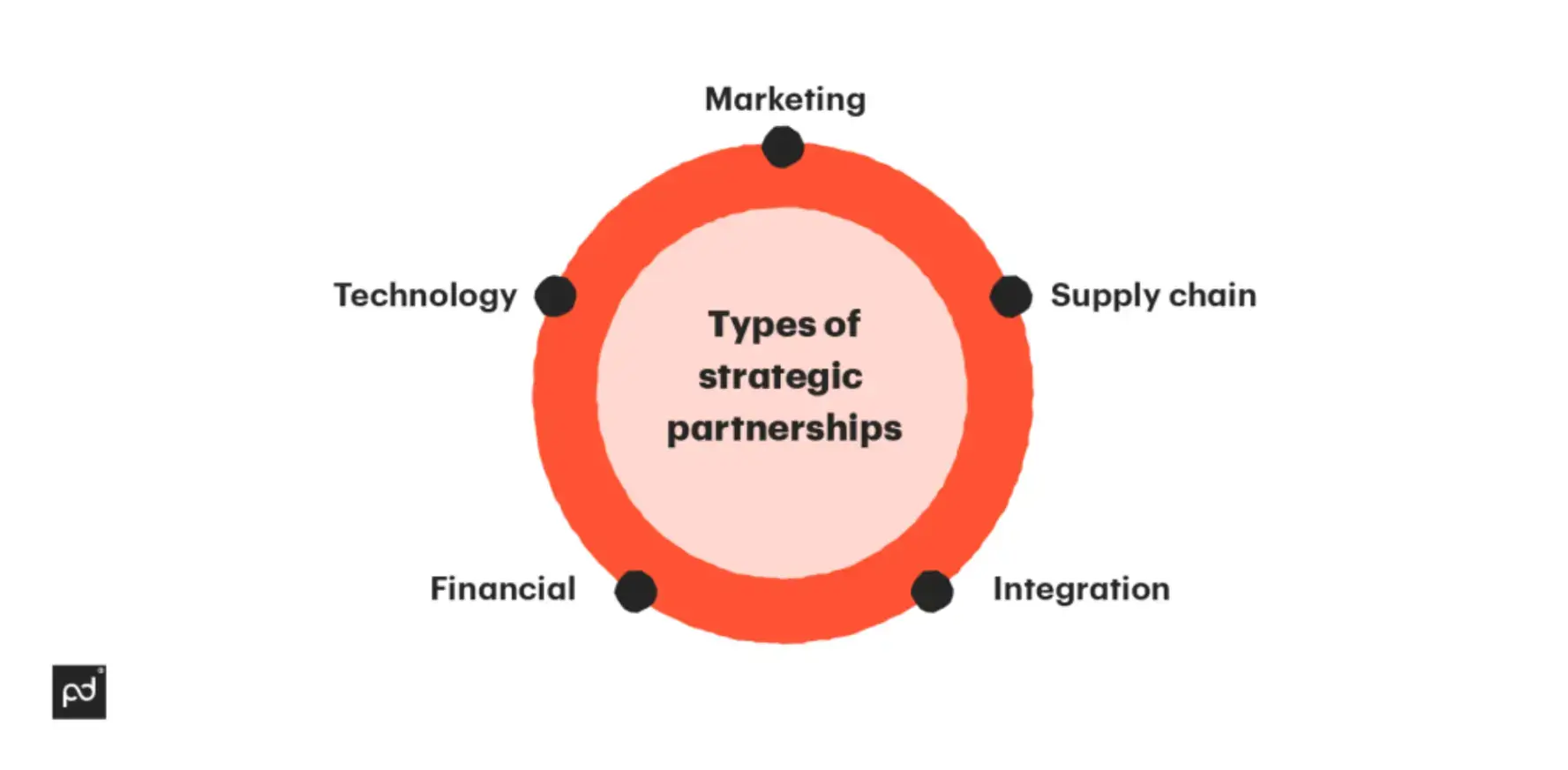Scaling a small business is an ambitious endeavor that requires careful planning, strategic foresight, and bold execution. In today's dynamic and competitive marketplace, businesses must continuously innovate, adapt, and evolve to sustain growth and remain relevant.
Utilizing established strategy frameworks can provide a structured approach to this challenge, ensuring that every decision aligns with your overarching business objectives.
Whether expanding into new markets, diversifying revenue streams, or pursuing strategic partnerships, it requires a holistic approach that balances short-term objectives with long-term sustainability.
This advanced guide explores key growth strategies and considerations for scaling a small business successfully, providing actionable insights and practical advice to help entrepreneurs navigate the complexities of growth to achieve ambitious goals.
Implement Scalable Systems and Processes
Investing in scalable systems and processes is crucial to supporting strategies for growth without sacrificing quality or productivity.
As you aim to scale successfully, one key strategy to consider is to hire a virtual assistant, which can help streamline operations and free up your time to focus on strategic growth.
By leveraging technology solutions for physical systems, like preventing brownouts for businesses that require large amounts of electricity, and virtual systems, like ERP and CRM, to standardize workflows, automate repetitive tasks, and improve team collaboration.
To scale revenue operations, small businesses should also formalize their proposal process. RFP Software can centralize knowledge, auto-generate responses with AI, and integrate with your CRM to speed up bids, security questionnaires, and partner evaluations.
These systems enable real-time visibility into business operations, empowering decision-makers with actionable insights to optimize resource allocation, streamline supply chain management, and enhance customer experiences.
Moreover, scalable processes facilitate seamless scaling by reducing operational bottlenecks, increasing agility to adapt to changing market conditions, and fostering a culture of continuous improvement across the organization.
Prioritize Data-Driven Decisions
Embracing data-driven decision-making processes unlocks valuable insights into customer behavior, market trends, and operational performance.
By understanding the benefits of data-driven decision-making, organizations can make smarter strategic choices that drive sustainable growth and competitive advantage.
Leveraging advanced analytics and business intelligence tools enables you to extract actionable insights from large volumes of data, enabling more accurate forecasting, targeted marketing campaigns, and personalized customer experiences.
Moreover, adopting predictive modeling and machine learning algorithms allows you to anticipate future trends, identify emerging opportunities, and mitigate risks more effectively.
Data-driven decision-making fosters a culture of accountability and transparency because it's grounded in empirical evidence rather than intuition or guesswork. By establishing robust data governance frameworks and investing in data quality and integrity, your business ensures the reliability and accuracy of its data assets.
Explore Franchising and Licensing Opportunities

Image source: Forbes
Franchising and licensing are effective strategies for rapidly scaling your business while minimizing capital investment risks.
Franchising allows you to expand your footprint by granting franchisees the right to use your brand, business model, and operational systems in exchange for franchise fees and royalties.
Franchising offers scalability by replicating your proven concept and brand identity across multiple locations while benefiting from economies of scale in marketing, procurement, and operational support.
Similarly, licensing allows you to monetize your intellectual property, such as trademarks, patents, or proprietary technology, by granting third parties the right to use or distribute your products or services in specific markets or territories.
Licensing agreements can provide additional revenue streams, market reach expansion, and enhance brand visibility without significant upfront capital investment.
By strategically leveraging franchising or licensing opportunities, you can accelerate your expansion efforts, tap into new revenue streams, and achieve greater market penetration while mitigating the risks associated with traditional organic growth strategies.
Diversify Your Streams of Revenue

Image Source: Consult Port
Dependence on a single product or market exposes your business to significant risks like market volatility, changing consumer preferences, or increased competition. You can diversify by offering complementary products or services that cater to different customer needs or market segments.
Additionally, exploring adjacent markets or industries can provide opportunities for revenue growth and expansion into new customer demographics.
You can also leverage your existing assets, capabilities, and brand equity to pursue new revenue opportunities, such as white-labeling products and services for distribution through third-party channels.
By diversifying your revenue streams, you can reduce reliance on any single source of income, increase overall profitability, and mitigate risks associated with market fluctuations or disruptions in specific sectors.
Diversification enhances the long-term viability of the business by positioning it to capitalize on emerging trends, innovate new products and services, and adapt to evolving customer preferences in a rapidly changing business landscape.
Pursue Strategic Acquisitions and Partnerships

Image source: Panda Doc
Strategic acquisitions and partnerships are powerful growth drivers, allowing you to rapidly expand your market presence, acquire new capabilities, or access complementary resources.
Acquisitions enable your company to consolidate market share, eliminate competitors, and gain access to new customer segments or geographic markets.
Moreover, acquisitions accelerate innovation and diversification by acquiring technology, intellectual property, or talent that complements your existing capabilities and accelerates the time-to-market for new products.
Similarly, strategic partnerships offer opportunities to leverage external expertise, resources, or distribution channels to achieve mutual growth objectives.
Collaborating with industry peers, suppliers, or distribution partners can provide access to new markets, technologies, or customer segments that may be difficult or costly to penetrate independently.
To secure more collaboration options or even find investors, you can rely on an expert pitch deck agency and ask professionals to create an eye-catching pitch for your small business.
Strategic partnerships also enable risk sharing, pool resources, and leverage each other's strengths to capitalize on emerging opportunities or address common challenges.
International Expansion
Expanding into international markets presents significant growth opportunities, including revenue diversification, access to new customer demographics, and capitalization on global demand for their products or services.
However, international expansion requires careful planning, market research, and adaptation to cultural, regulatory, and economic differences across regions.
Your businesses must assess market potential, competitive dynamics, and entry barriers in target countries to identify viable expansion opportunities and develop localized strategies tailored to specific market conditions.
Establishing a strong local presence through subsidiaries, joint ventures, or strategic partnerships can facilitate market entry and enable businesses to navigate regulatory complexities and cultural nuances effectively.
International expansion requires careful consideration of logistical and operational challenges, including supply chain management, currency fluctuations, and geopolitical risks.
Your business must have a robust supply chain and distribution network to ensure timely delivery of products and services to international customers while optimizing costs and mitigating risks associated with global trade.
Small business, big aspirations
Scaling a small business is a multifaceted journey that demands vision, resilience, and strategic agility.
By implementing advanced strategies such as scalable systems and processes, data-driven decision-making, and international expansion, you can unlock new growth opportunities, drive innovation, and create sustainable value for stakeholders.
Conclusion
Scaling requires a disciplined approach, continuous learning, and a willingness to embrace change and uncertainty. By leveraging the insights and best practices outlined in this guide, you can confidently navigate the challenges of scaling and position your business for long-term success and prosperity in an ever-evolving business landscape.

Author Bio
Ashley Nielsen earned a B.S. degree in Business Administration Marketing at Point Loma Nazarene University. She is a freelance writer who loves to share knowledge about general business, marketing, lifestyle, wellness, and financial tips. During her free time, she enjoys being outside, staying active, reading a book, or diving deep into her favorite music.


